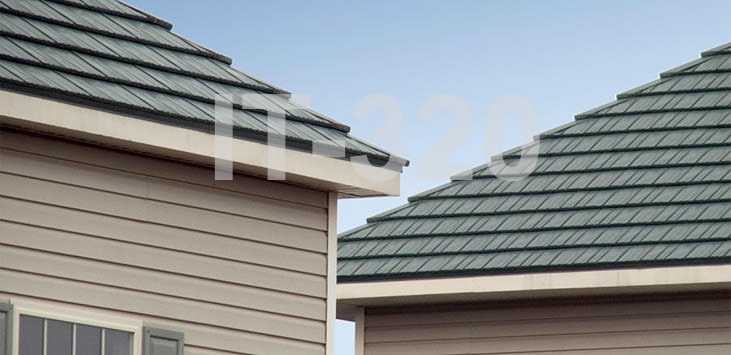Cedar Shingles vs. Metal Roofing: A Side-by-Side Comparison
Choosing the right roofing material is a major decision that impacts your home’s style, performance, and maintenance needs. Cedar shingles and metal roofing are two premium options that appeal to different homeowner preferences. While both offer unique advantages, they come with trade-offs that should be carefully considered. In this article, we’ll compare cedar and metal roofing across the most important categories. This guide will help you make an informed choice based on your budget, climate, and long-term goals.

Appearance Cedar shingles provide a natural, rustic look that blends beautifully with traditional homes and natural landscapes. They develop a silvery patina over time, adding elegance and warmth. Metal roofs offer a sleek, modern appearance but are now available in designs that mimic tile, shake, or even cedar. If curb appeal and charm are top priorities, cedar has a more classic aesthetic. However, metal offers more design flexibility for modern or contemporary homes.
Durability and Lifespan Metal roofs are among the most durable materials on the market, with lifespans of 40 to 70 years. They are resistant to weather, fire, pests, and rot. Cedar shingles can last 30 to 40 years with proper care, but are vulnerable to moisture, insects, and UV degradation. For long-term resilience, metal outperforms cedar. However, well-maintained cedar still provides decades of reliable service.
Maintenance Requirements Cedar requires regular maintenance to prevent moss, mold, and insect damage. Homeowners should clean and treat cedar roofs every few years to extend their life. Metal roofing, on the other hand, is largely maintenance-free once installed. Occasional inspections and debris removal are usually sufficient. If you prefer minimal upkeep, metal is the more convenient option.
Cost Comparison Cedar shingles are labor-intensive to install and cost more per square foot than asphalt, but usually less than premium metal. Metal roofs require a larger initial investment due to the materials and skilled labor involved. While both are more expensive up front than asphalt, metal offers greater long-term savings due to its durability. Cedar is ideal for those seeking luxury aesthetics without the full metal price. Your budget and maintenance expectations will play a key role in this decision.
Environmental Considerations Cedar shingles are made from natural wood, making them biodegradable and renewable when harvested responsibly. They have a low carbon footprint and can be recycled. Metal roofing is often made from recycled materials and is 100% recyclable at the end of its life. Both materials are eco-friendly in different ways. If sustainability is important to you, either option can support green building goals.
Energy Efficiency Cedar shingles offer natural insulation, helping to regulate indoor temperatures year-round. Metal roofs reflect solar heat, especially when coated with energy-efficient finishes. In hot climates, metal roofing can reduce cooling costs significantly. Cedar performs better in cold regions thanks to its insulating properties. Your local climate can guide you toward the more energy-efficient option.
Installation Factors Installing cedar requires skilled craftsmanship and precise spacing to allow for expansion and airflow. Not all contractors are trained in cedar roofing, which may limit your options. Metal roofs also require specialized installation techniques and tools. However, more contractors are becoming experienced with metal due to its growing popularity. Regardless of the choice, be sure to hire a qualified installer.
Conclusion Cedar shingles and metal roofs are both high-quality choices for homeowners seeking long-lasting beauty and performance. Cedar offers unmatched natural appeal and good insulation but requires frequent maintenance. Metal delivers superior durability, fire resistance, and lower long-term upkeep. Your priorities—whether aesthetic, practical, or environmental—will determine the better fit. With the right installation and care, either option can serve your home well for decades.